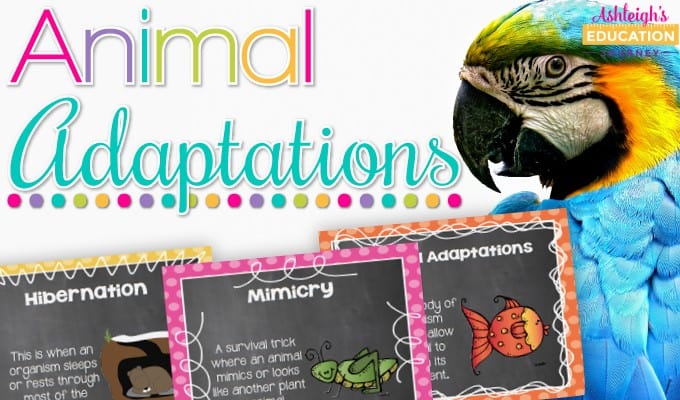
Animal adaptation activities and lessons are so much fun, and there are so many ways to make this topic meaningful to students. This post shares a few of my favorite animal adaptation activities you can use to teach plant and animal adaptations, as well as a link to my Plant and Animal Adaptations unit.
Birds’ Beaks Experiment
Last week we did one of my favorite animal adaptation activities. We’ve been studying how birds’ beaks are physical adaptions of birds and expanded on the concept. Collect several types of tools to serve as birds’ beaks (tongs, tweezers, slotted spoons, eye droppers, staple removers, etc.) Then, collect a variety of bird foods (snails/macaroni, grubs/m&ms, nectar/red water, worms/ gummy worms, small seeds, large seeds, flesh/staples in cardboard, fish/paper clips, beetles/raisins, duckweed/Styrofoam). You can mix the food in with oatmeal or potting soil to make it a little more realistic for students.
During the activity students have two attempts to collect as much food as possible with the two beaks of their choice. I like to give students 30 seconds for each attempt and have students record their results on their data collection sheet. This is probably one of my top five favorite lessons for the entire year, because my students learn so much about adaptations.
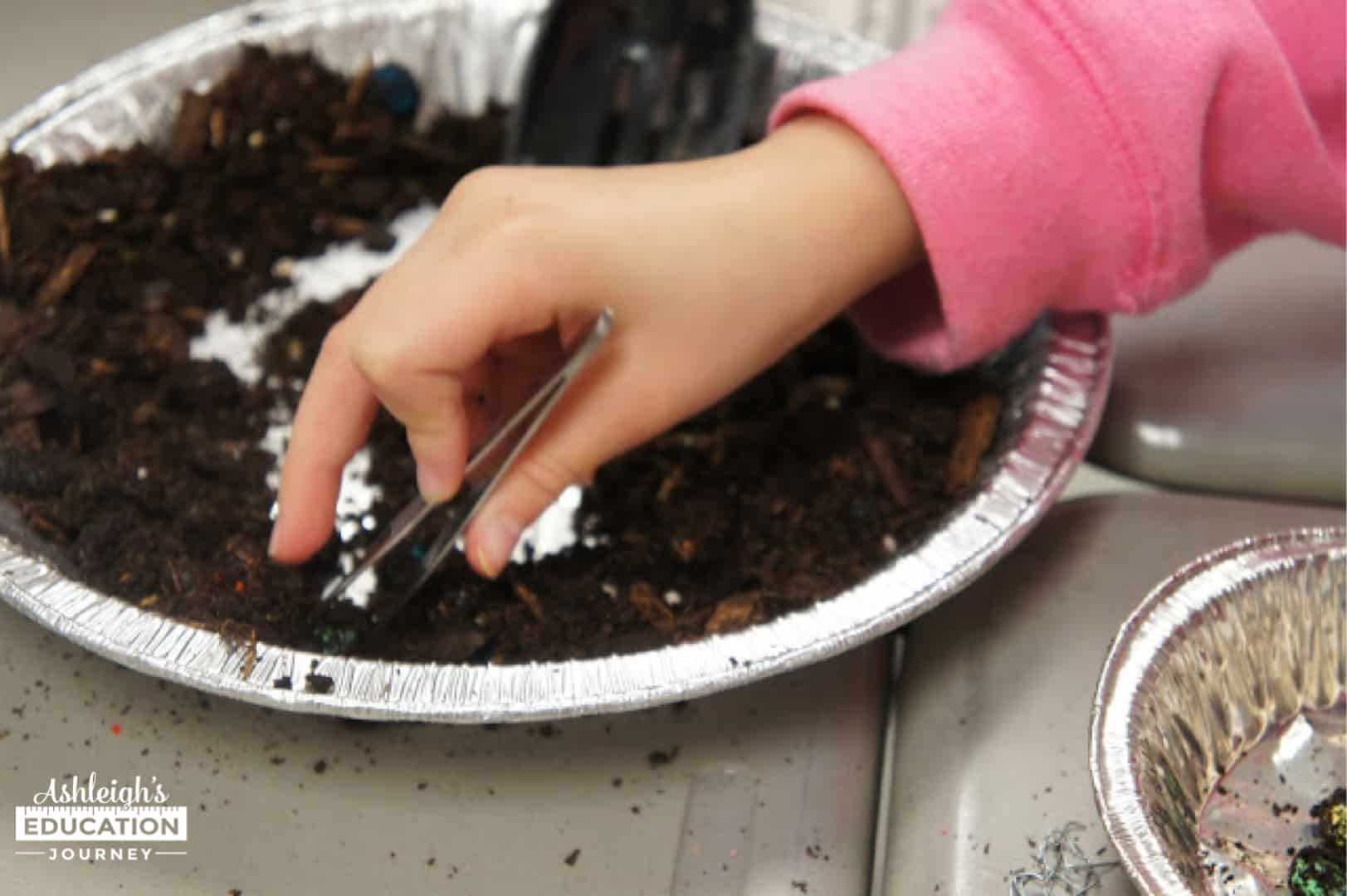
Yum! Snails!
Grubs anyone? Seriously, it’s hard to beat this animal adaptations activity!
Students complete this recording sheet as they work. This helps keep them organized and moving in a productive directions.
Every year my students LOVE this animal adaptations activity! It really drives home the idea of how different birds have adapted to live in different habitats.
Bird Beaks and Feet
I use the hands-on animal adaptions activity to lead students into a worksheet on bird beak adaptations and a sorting activity on how birds’ feet are adapted to different environments. Students match the bird’s feet, with a description and picture.
Animal Adaptations Activities – Camouflage
Another FUN animal adaptation activity can be completed when students learn about camouflage. My students colored and hid butterflies around the room, and they colored butterflies, so that they would blend in to their “environment”. This was such a fun activity, and since I teach two different groups of students, each group got to go on a butterfly hunt to try to find all of the hidden butterflies.
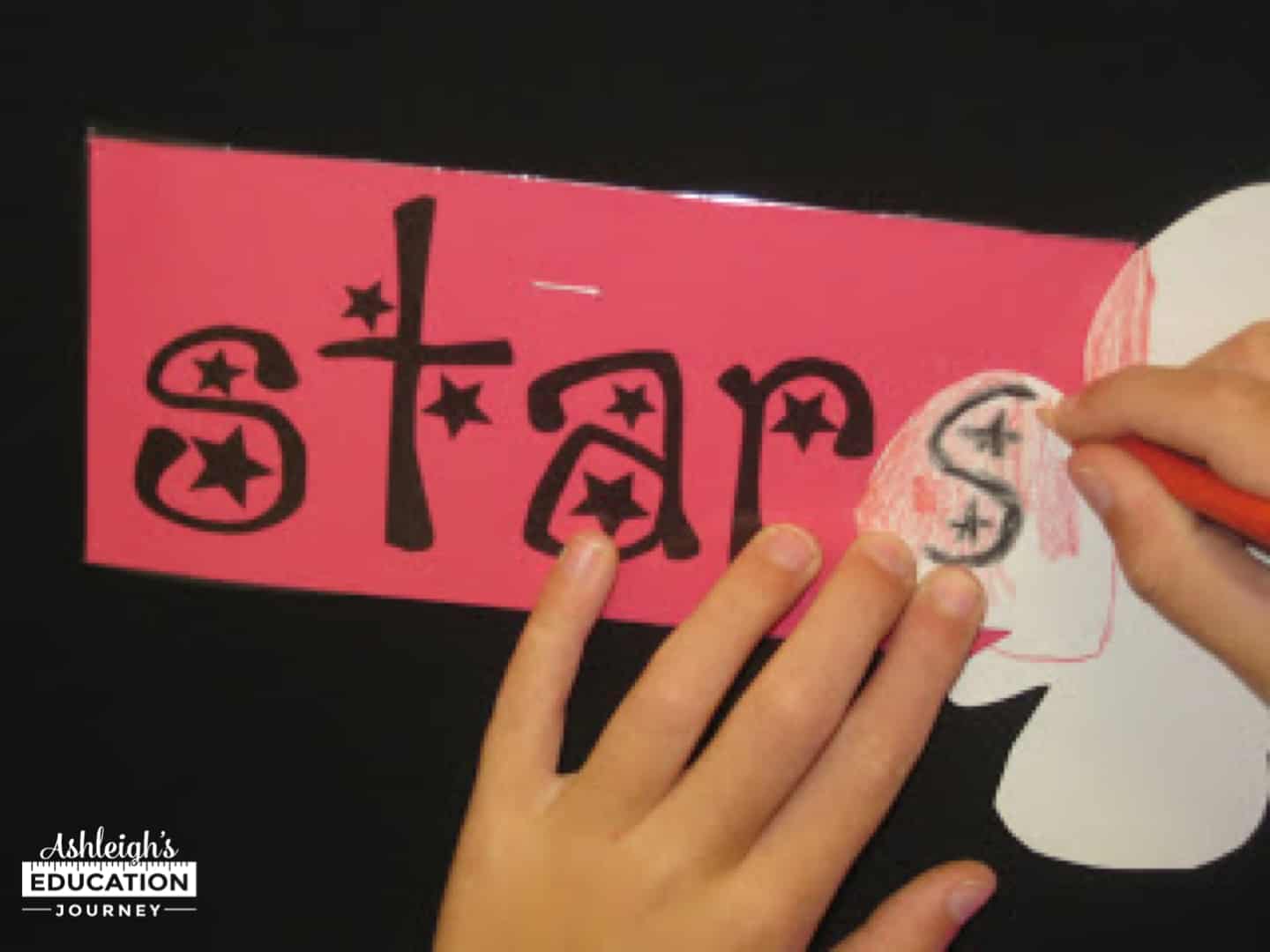
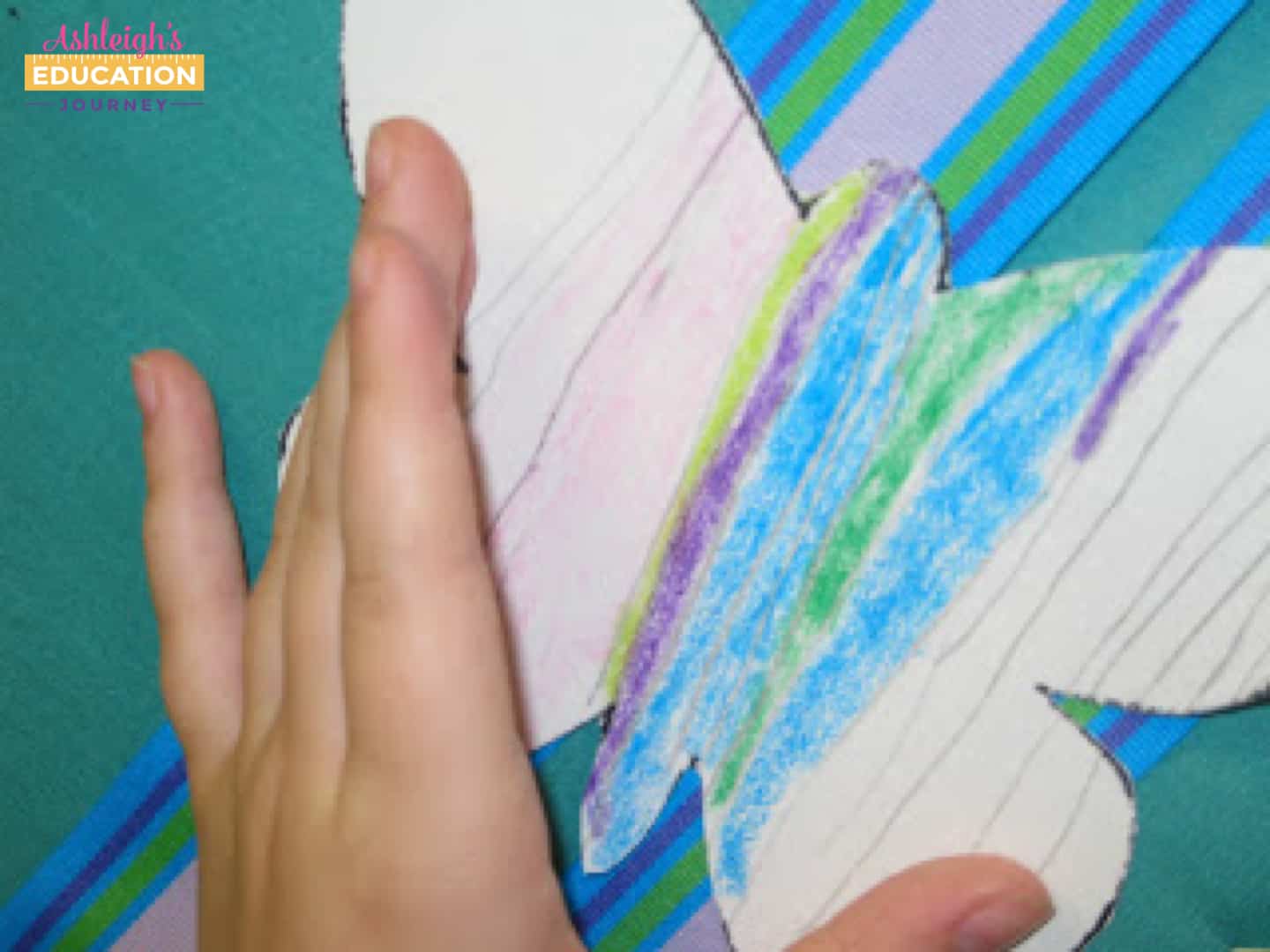
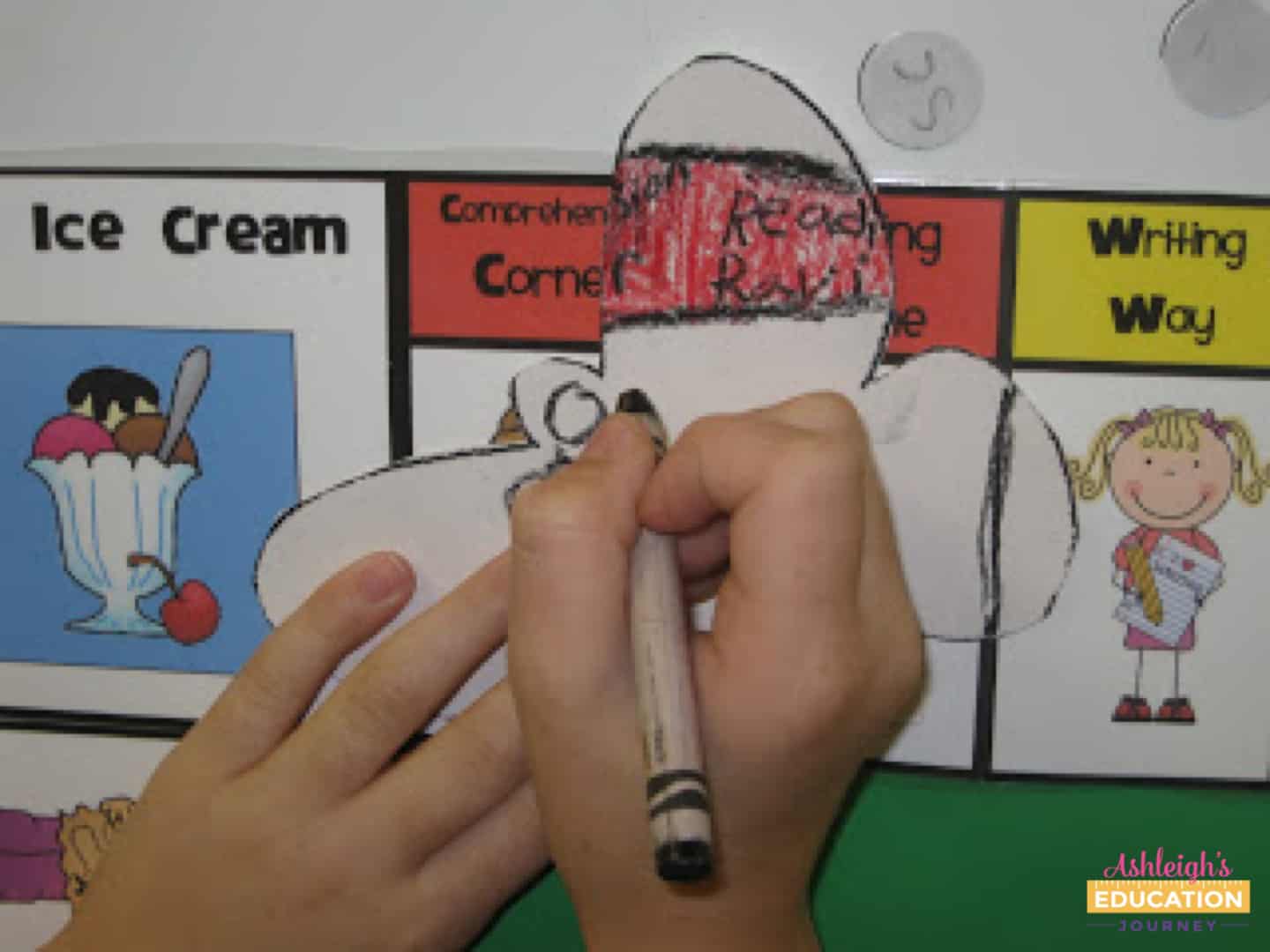
I was so impressed with their creativity, and both groups really grasped the concept of camouflage. We also had a Camouflage Day where students wore camouflage to school. This is a small group of students who participated.
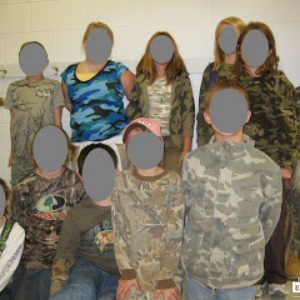
Animal Adaptation Lessons & Vocabulary
I display the animal adaptation posters below for essential vocabulary practice. We also play a few of the vocabulary games I blogged about in this blog post.
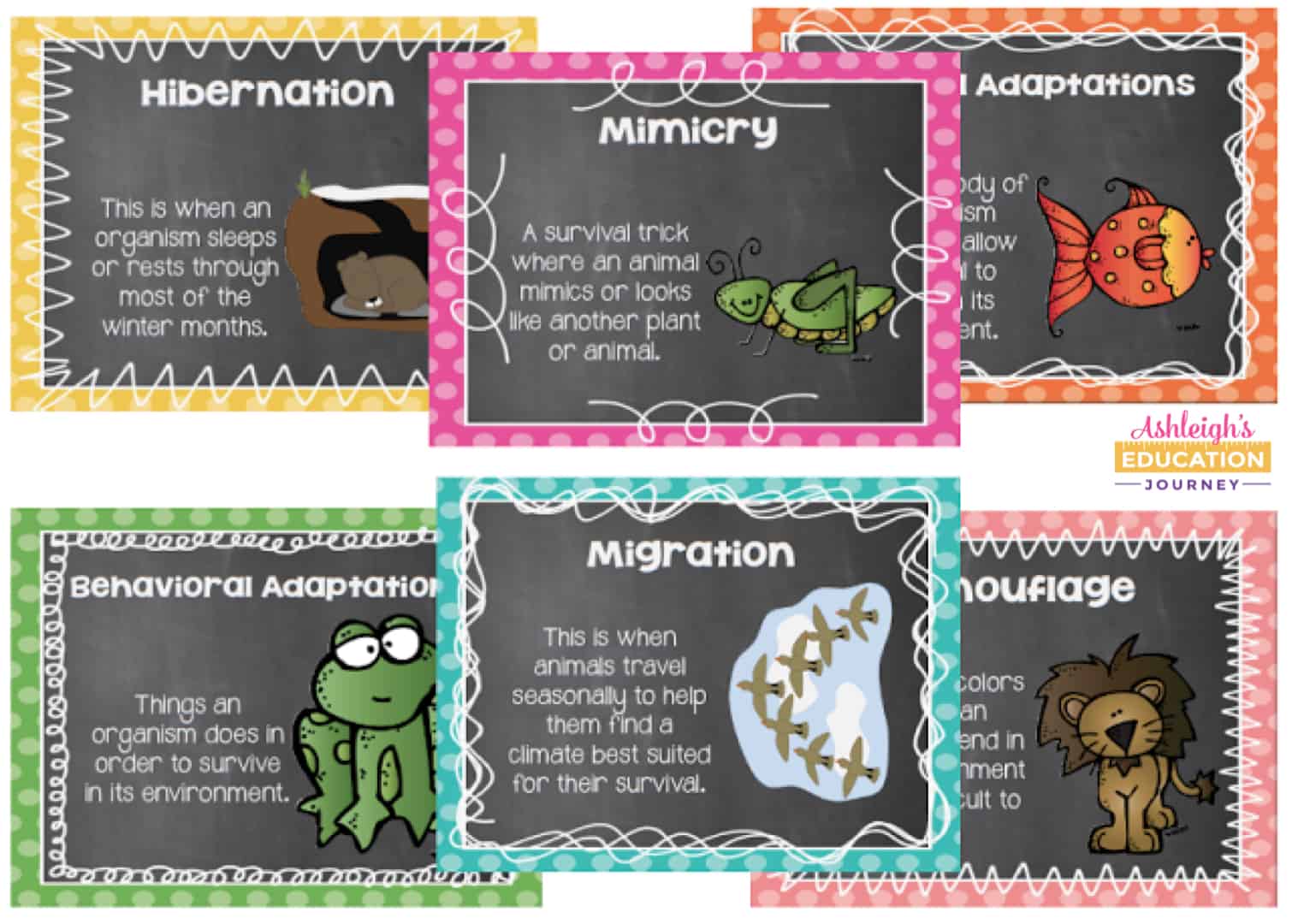
Graphic Organizers
There are several different graphic organizers have been very helpful for students within the unit. Students added an animal adaptation foldable to their interactive notebooks.There are all kinds of flipbooks and folding activities and sorts that would be perfect for interactive notebooks. Since we’re not using science notebooks this year, we just did them on construction paper. There is a sort of different plant adaptations that are found in different biomes.
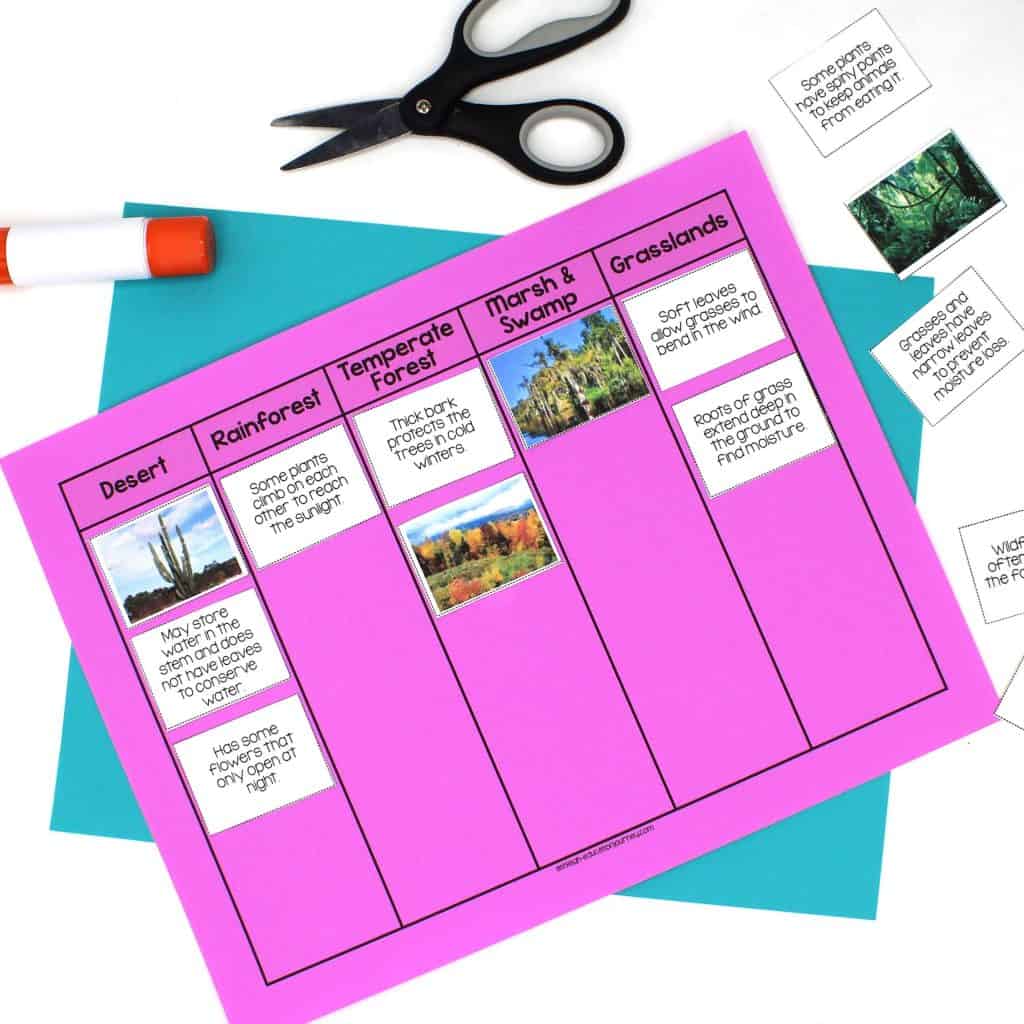
Some of the graphic organizers students were completed were based on physical adaptations and behavior adaptations. Students also learn about the parts of a plant and how those parts can adapt to their environment.
There are also plenty of other hands on lessons that I didn’t get an chance to take any pictures of us completing. It’s so funny that I often don’t think about taking a picture until after we’ve cleaned up! If you’d like to see my Plant and Animal Adaptations Unit, you can check out the link h
ere.
Animal Adaptations Reading Passages
I’ve also created a series of
reading passages that can be used to integrate reading and science. The passages are written on three different reading levels for easy differentiation. There are three sets of questions for each topic. Any level of passage can be used to answer the comprehension questions. The first set of comprehension questions are basic, right-there questions. The second set of questions focus on nonfiction text features and vocabulary. The third set requires an extended constructed response paragraph where students cite text evidence.
I hope you find a few new and exciting animal adaptation activities in this post. Feel free to share your favorites in the comments. If you’re looking for instructional strategies for teaching science, be sure to check out
this post. It’s packed with content!
Related Posts

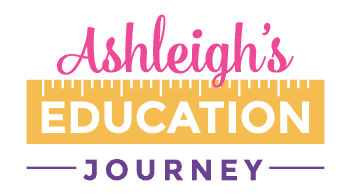

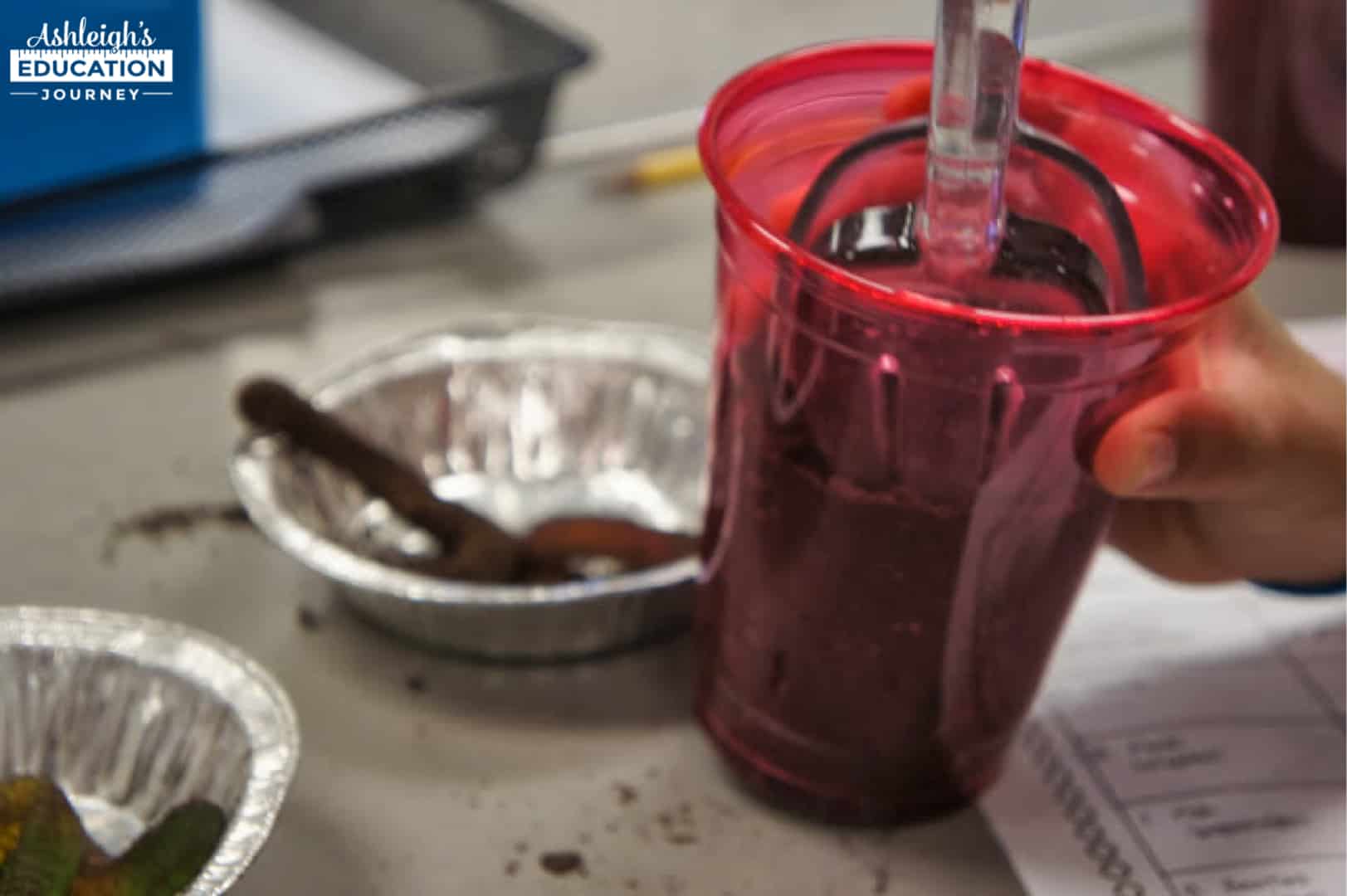
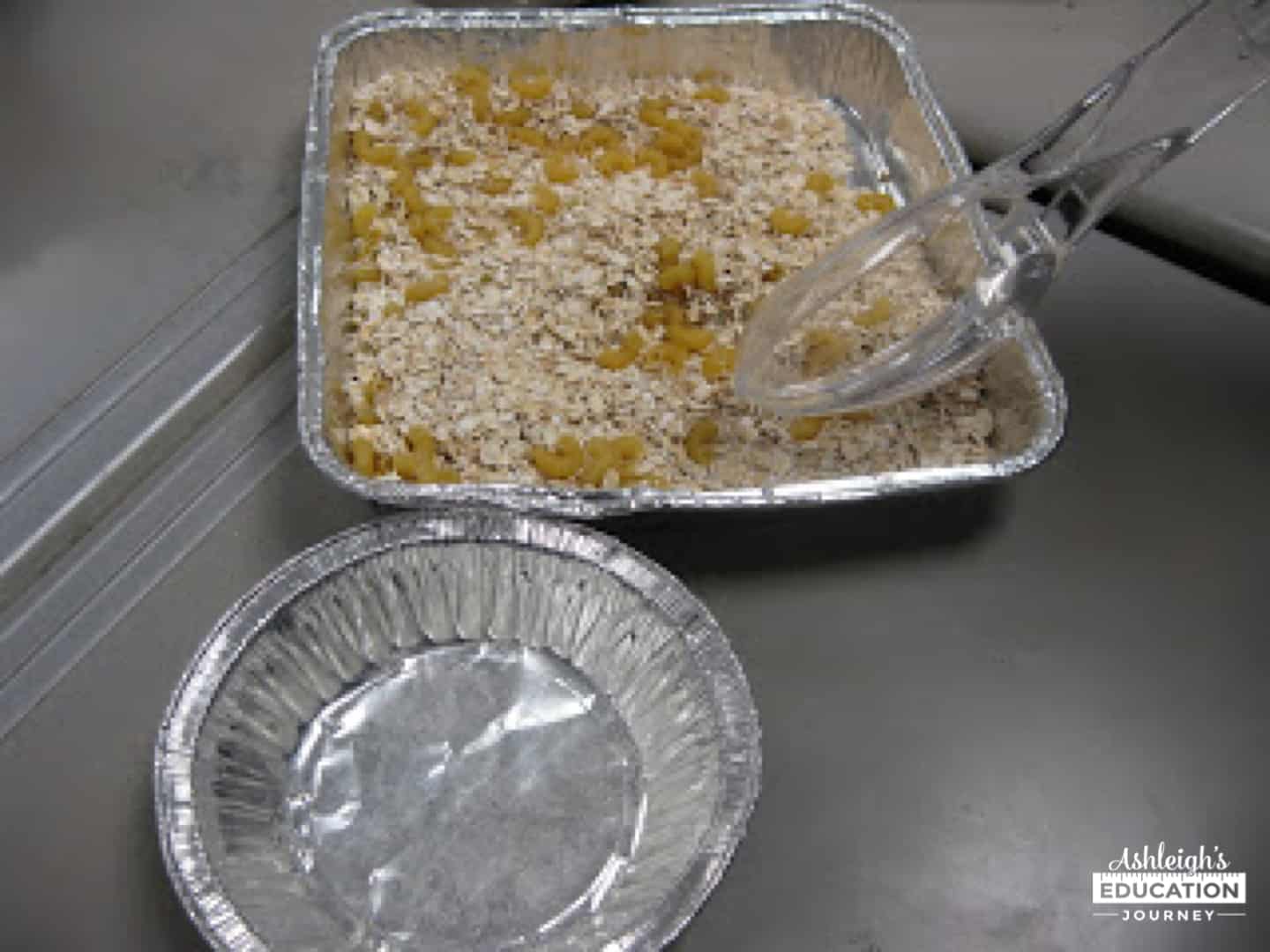
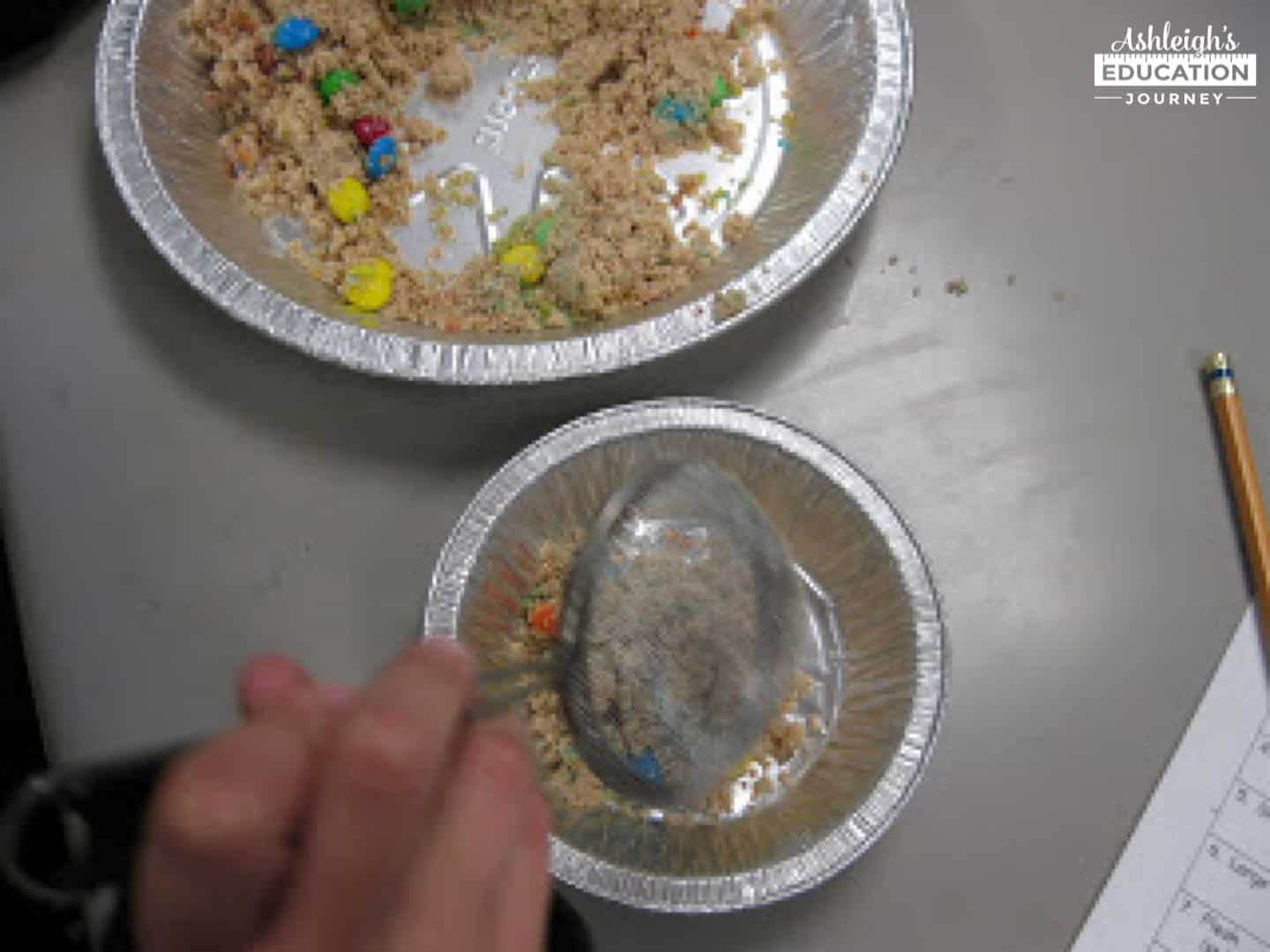
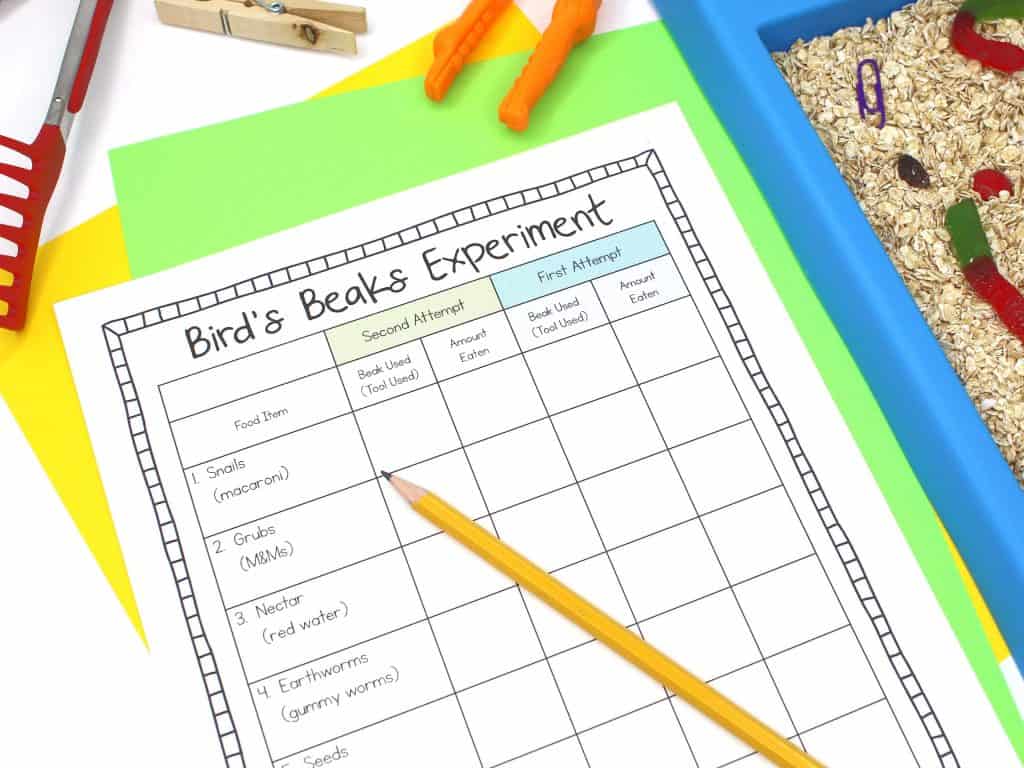
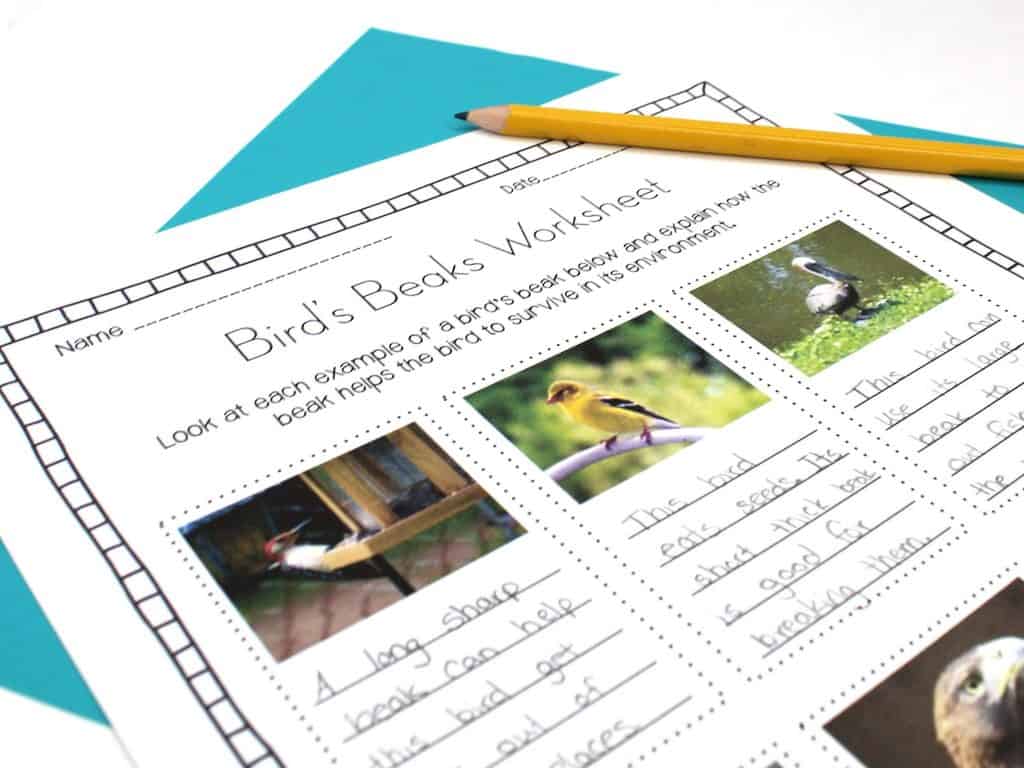
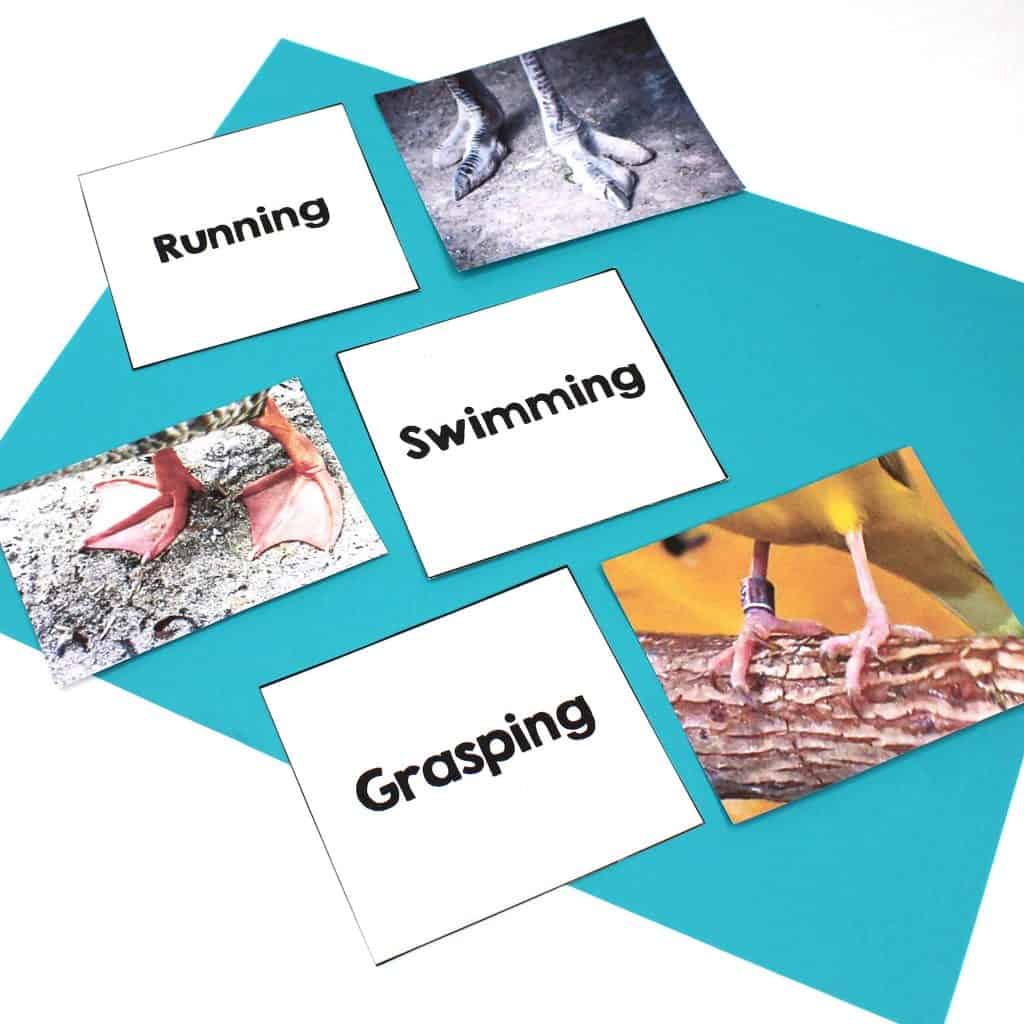


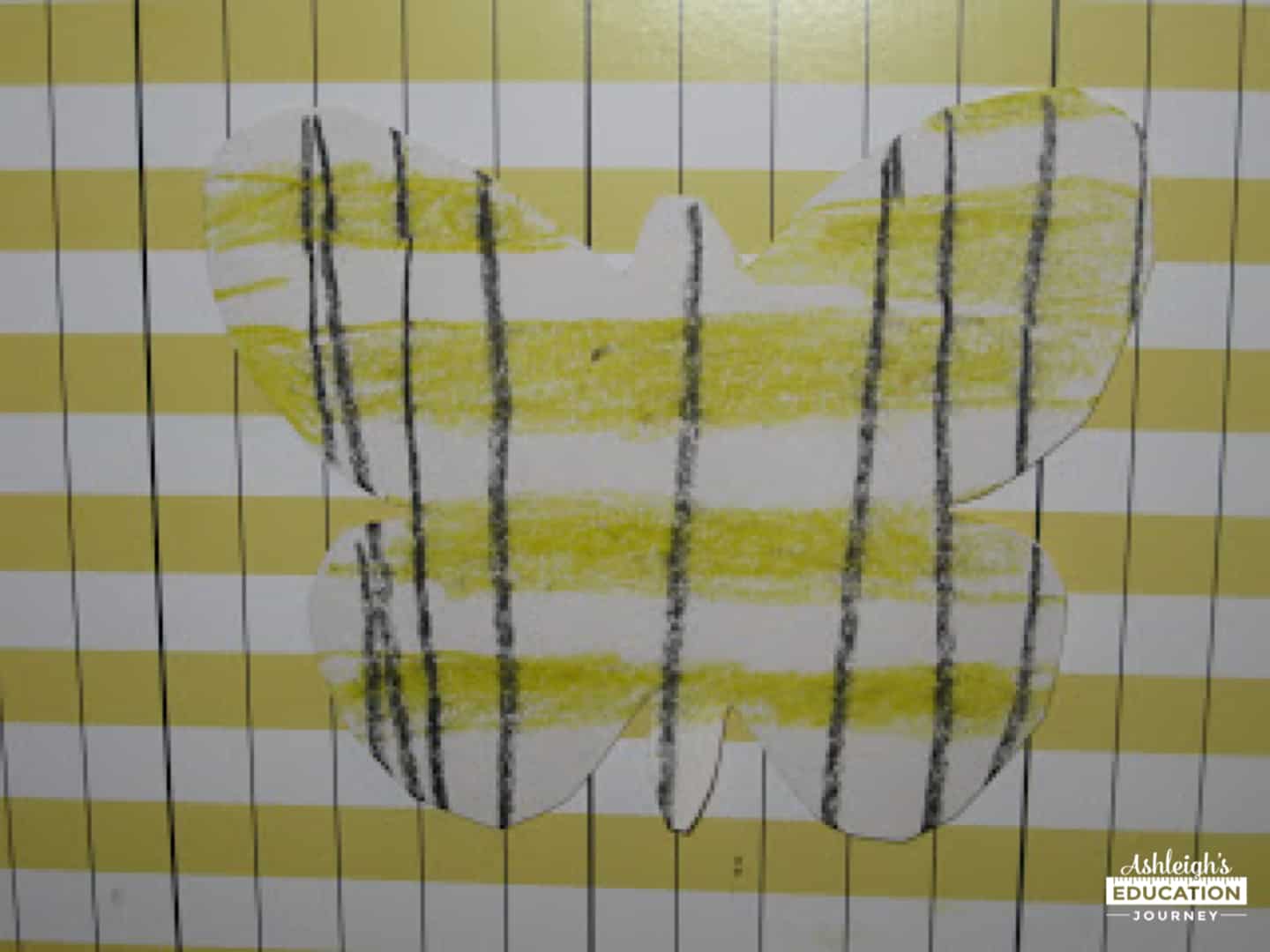



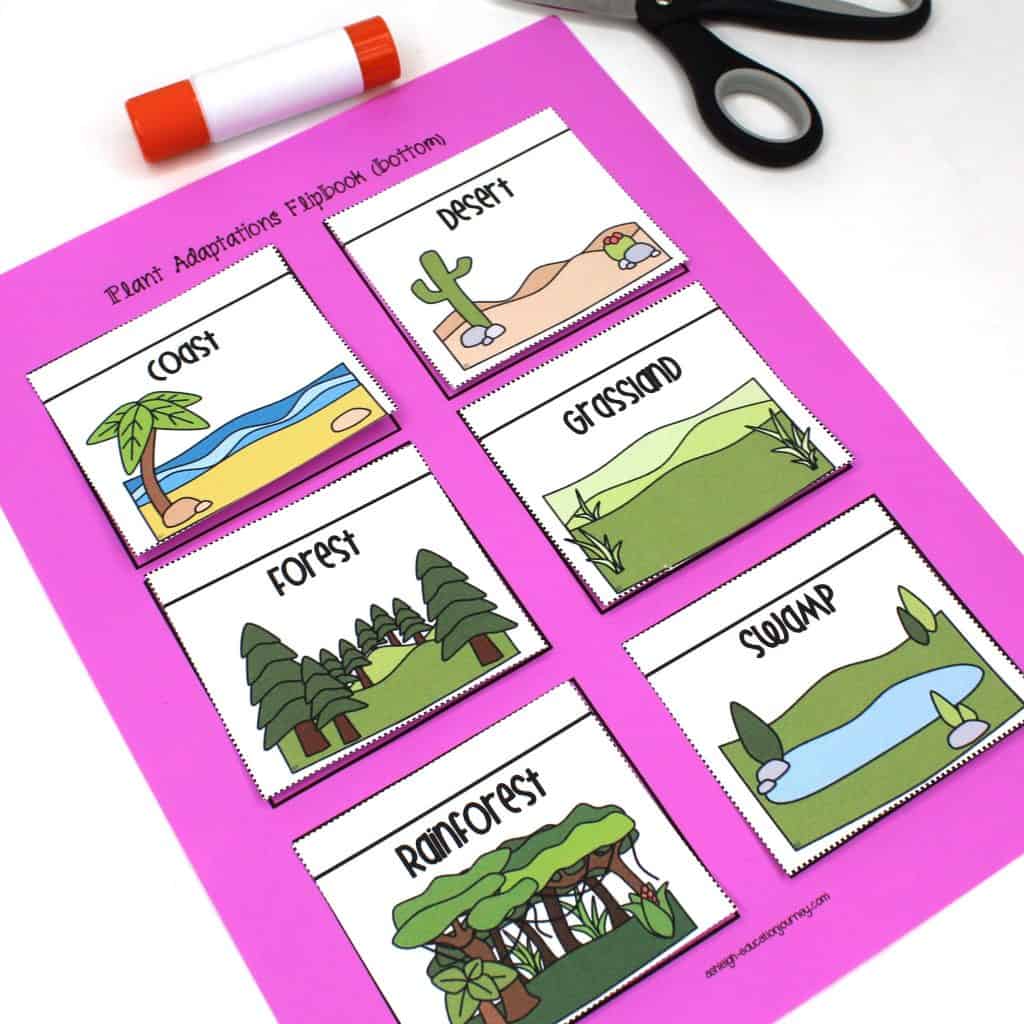

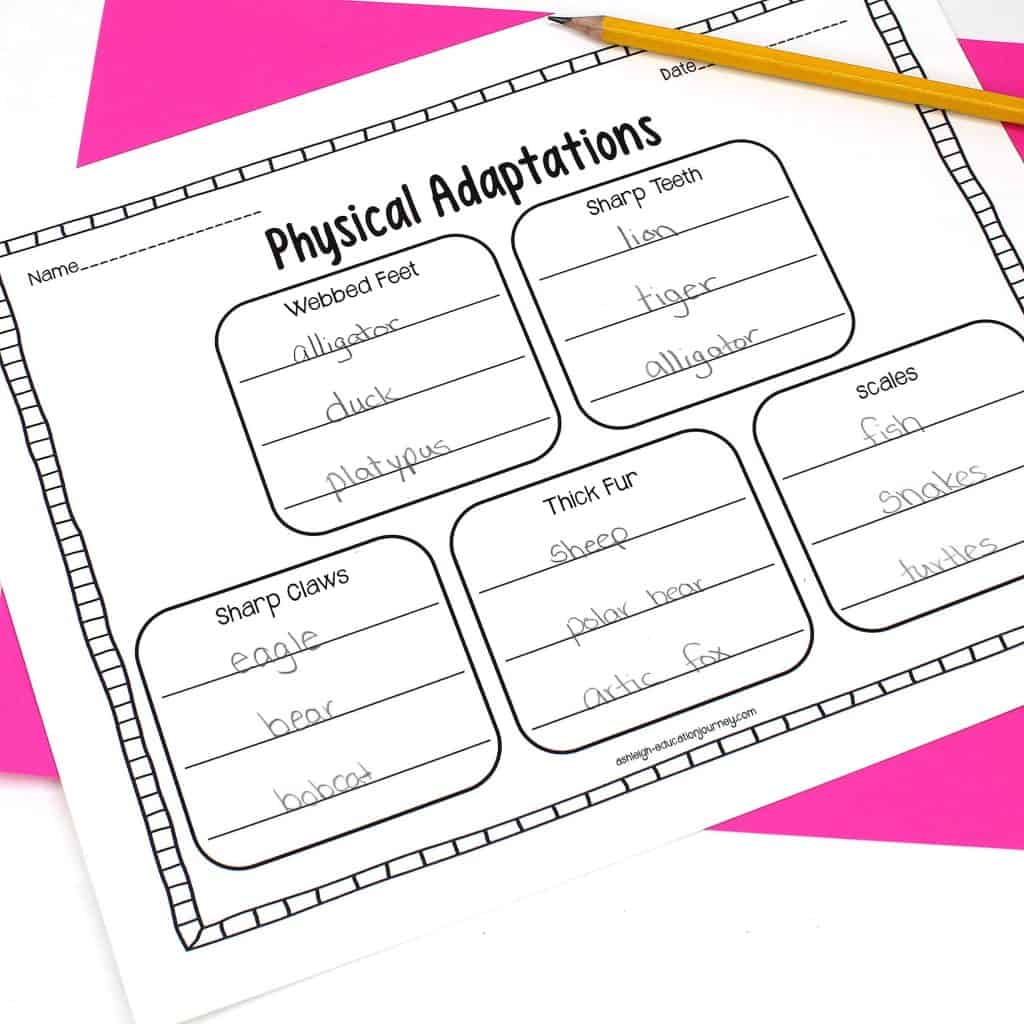
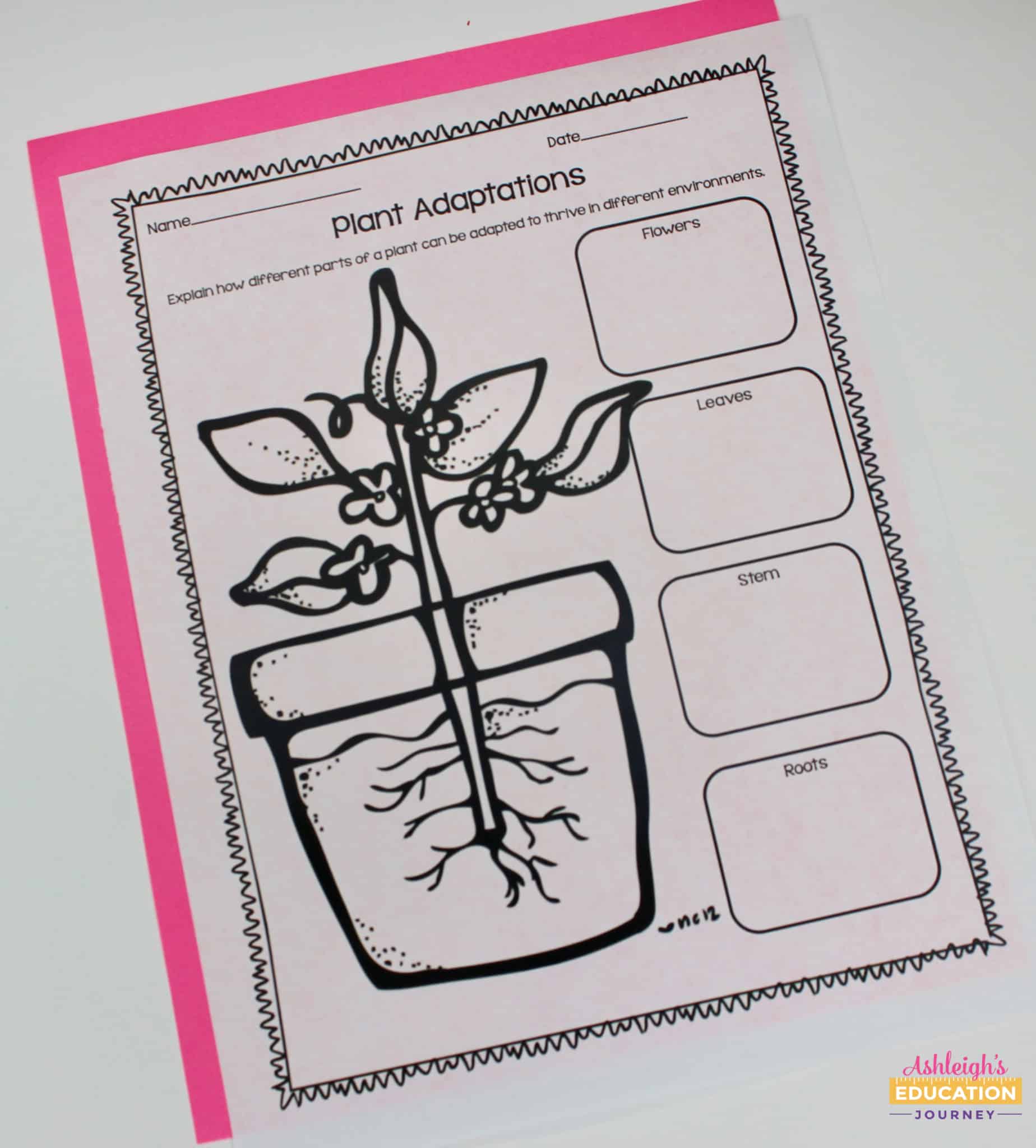
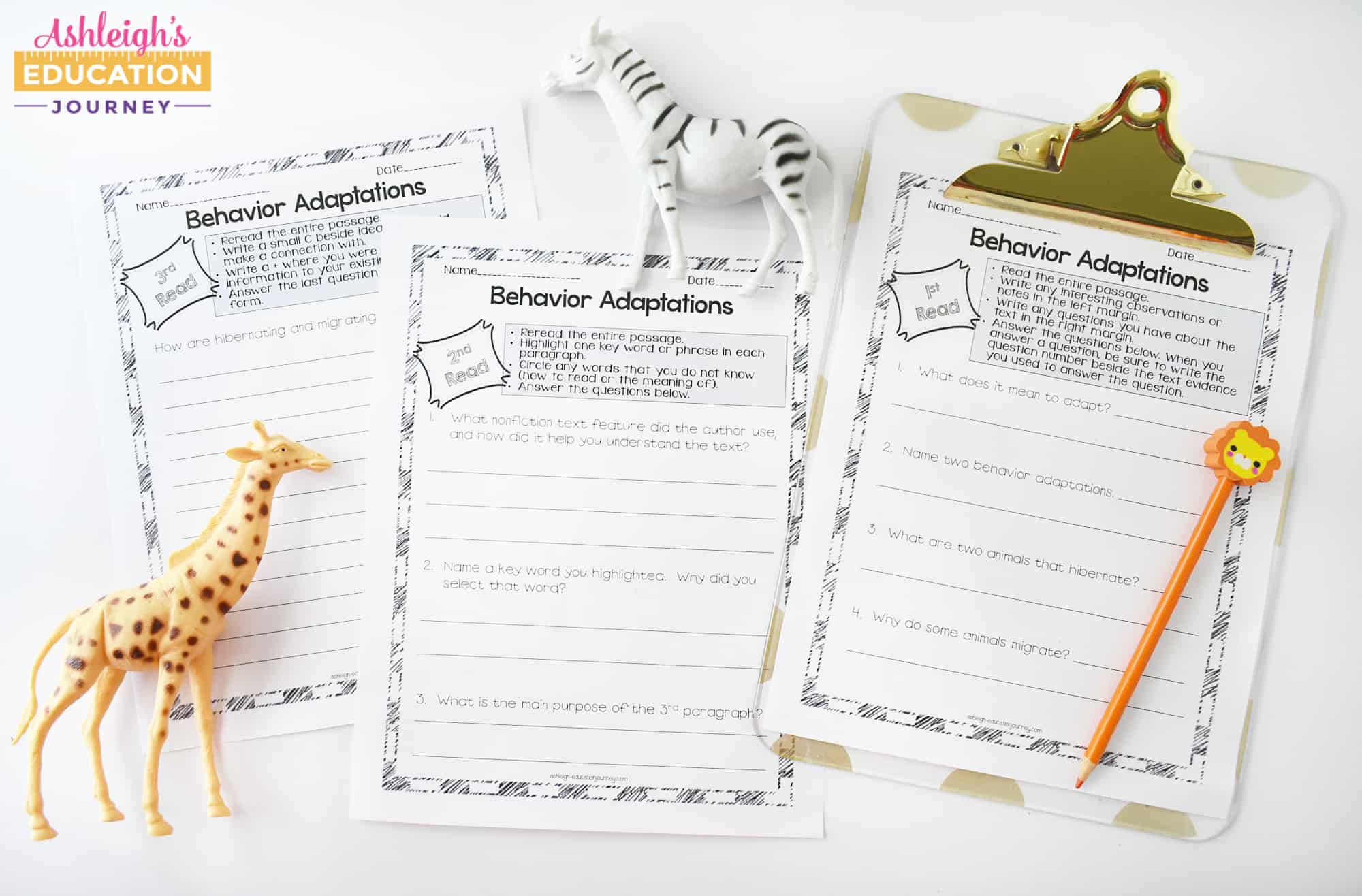
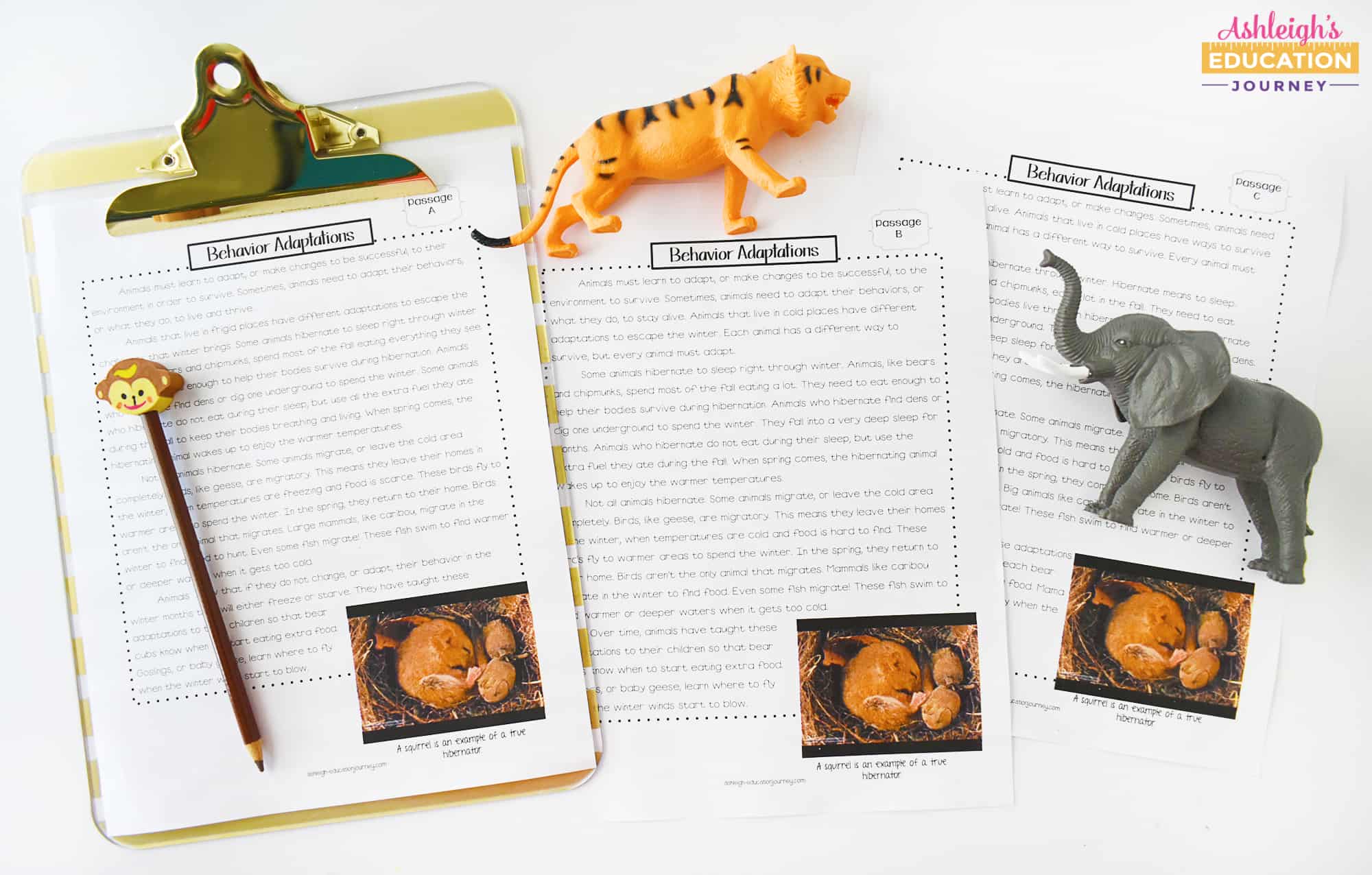
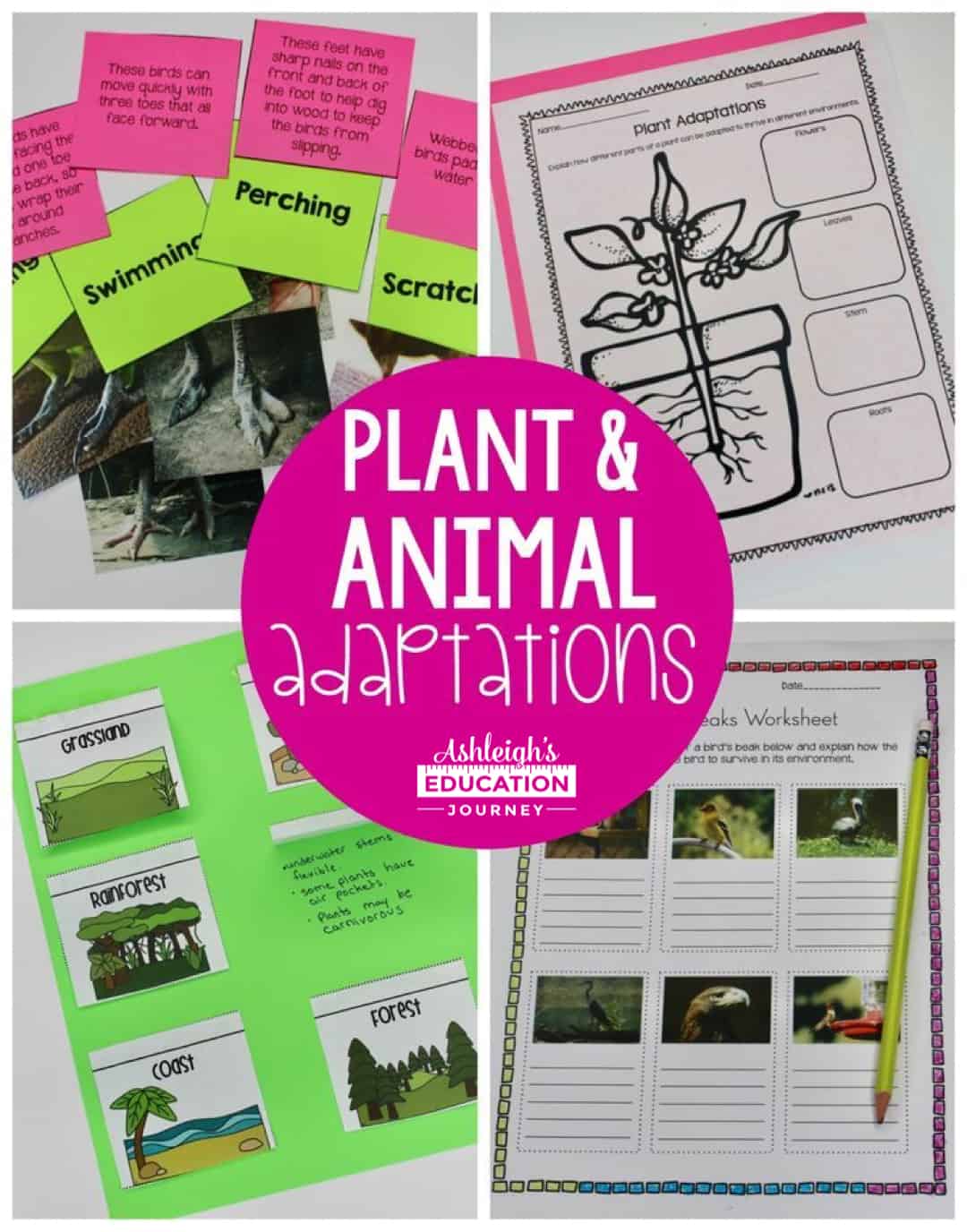
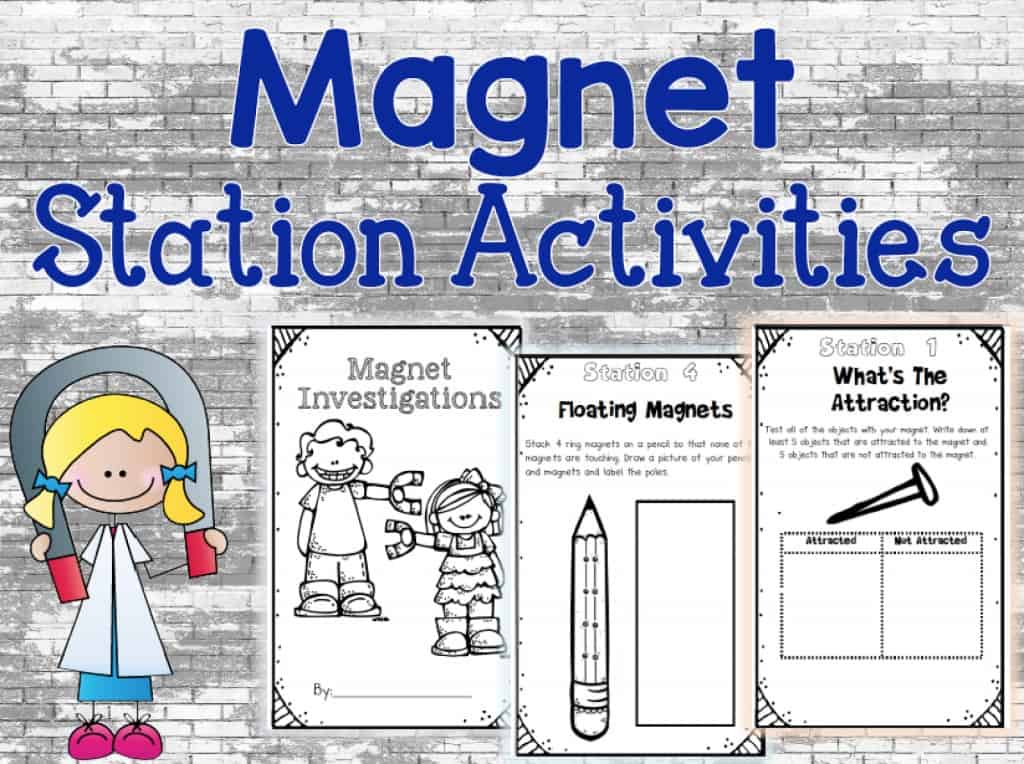
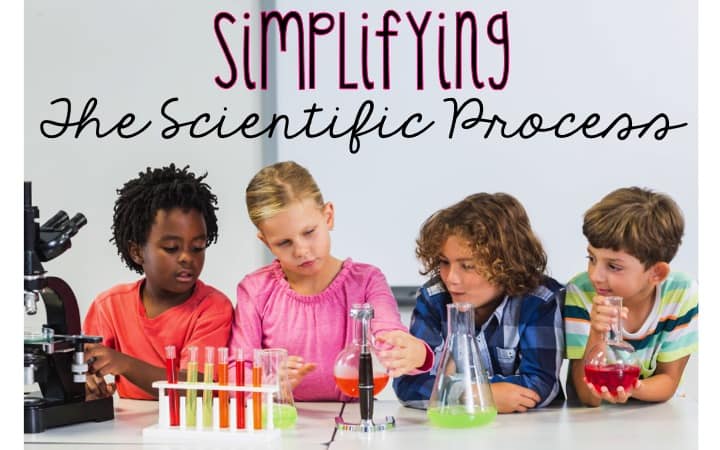
Hi Ashleigh
Would you have the answers for the Bird Beak worksheet please?
I don’t have an answer key for that one. I’m sorry for the inconvenience!
Where did you get the posters?
I made them:)
Hi i liked ur activity alot especially the birds beaks adaptations but i would like more information about the wG u did the experiment. Thnx
Pingback: Free Science Printable: Animal Report Template for Kids